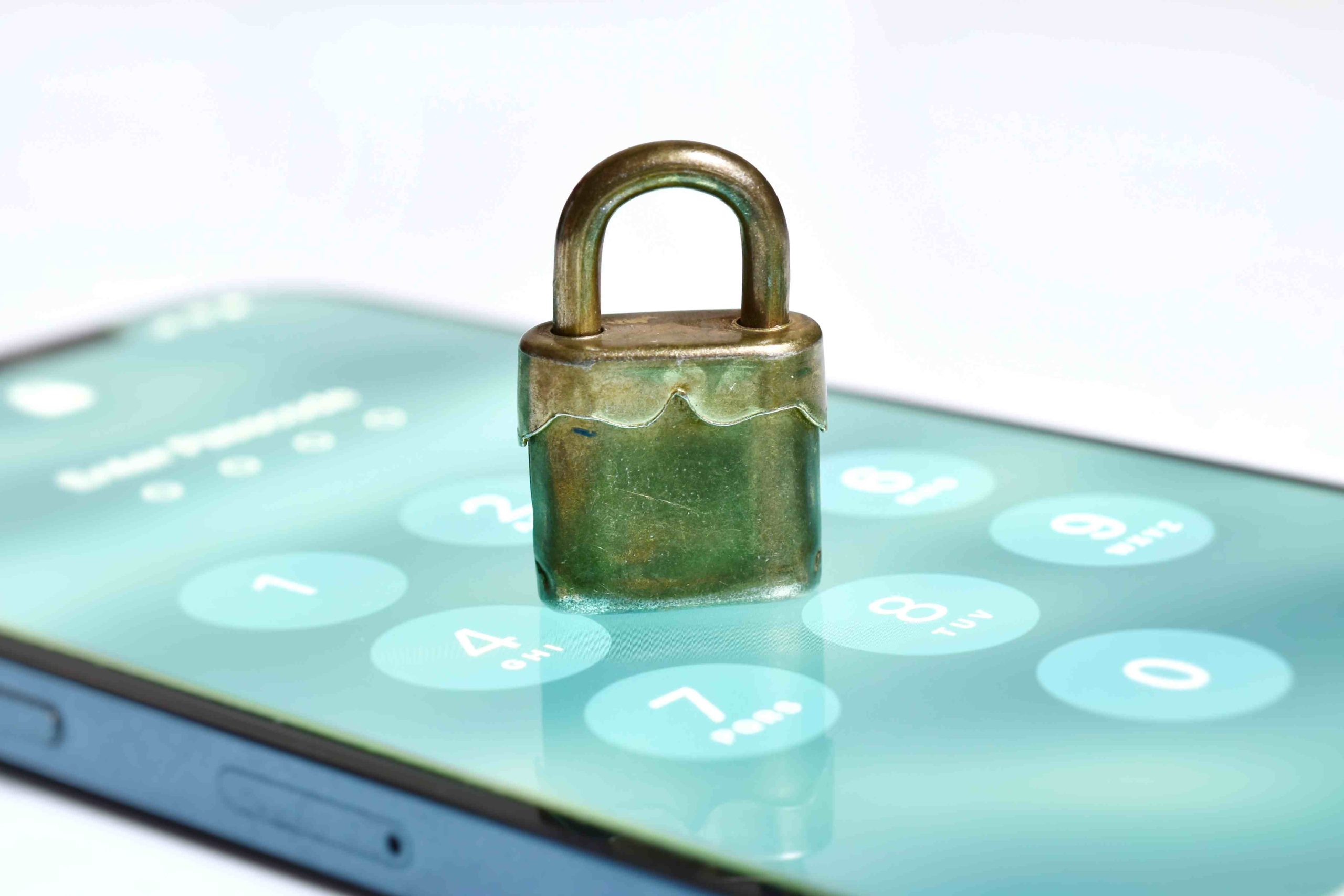As a professional blogger who’s been following developments in the digital space, I’ll be the first to admit that the notarization industry isn’t something I usually delve into. But recently, I got the chance to learn about two revolutionary technologies: IPEN (In-Person Electronic Notarization) and RON (Remote Online Notarization). I was so amazed by their potential to reshape the notarization landscape that I felt compelled to share my enthusiasm with you, dear readers.
Now, you might be wondering what these fancy acronyms are all about. Well, I’m here to demystify them and show you why IPEN and RON are shaping up to be the future gold standard of notarization.
Defining Notarization: The Foundation
Notarization, come on, let’s define this to begin with. Thus, Notarization is verifying that the documents are real and that the people performing it are the right individuals. Generally, this is an act that a notary public, who is a licensed professional, wise, and is at the same place as the parties, in person witnesses, and more importantly, the notary stamps the documents to make them the legal conclusion.
IPEN: Notarization first Meets the Digital Age
IPEN, short for In-Person Electronic Notarization, is a method that allows notaries and clients to complete the notarization process using digital tools and electronic signatures, all while automatically creating logging and storing journal info. Some platforms like BlueNotary or other MISMO approved platforms are even sure to keep video storage for 10 years to make sure.

RON: Accessibility Through Remote Connections
Conversely, RON which means Remote Online Notarization refers to the use of electronic and online platforms to connect notaries and clients, which eliminates the need for in-person meetings. RON has been particularly helpful in the health crisis of recent years, where social distancing has been the norm. By the way: Do you know the interesting fact that the concept of the online notarization was actually proposed in the academic paper “Remote-Controlled Machines as Third-Party Witnesses” as far back as in 1995?
I remember back in college when I had to run around campus searching for a notary to authenticate some important documents. If only RON had been a thing back then!
The Advantages of IPEN and RON
So, let’s talk about why IPEN and RON are being hailed as the future gold standard of notarization. For starters, these technologies improve efficiency and convenience for clients and notaries alike. Gone are the days of searching for notary publics using archaic tactics like phone directories or searching for a hidden office in a local shopping center. Clients can use IPEN and RON to get notary services at the place and time they feel comfortable — even on the holiday abroad, if they need to, the lucky ones!
Moreover, the said digital solutions secure the data even more by using encrypted connections, identity verification, and tamper-evident technology; thus, the danger of fraud and forgery is minimized. Hence, the concept resembles a digital superhero protecting your most important documents.
IPEN and RON benefit notaries as well by autogenerating their journals and providing secure backup and validation of every single thing that happened during the notarization. A smooth IPEN flow will save notaries time organizing their journals and a smooth RON flow, like BlueNotary’s Industry Finest, will save everybody involved hours of their lives.
The Future of Notarization: Embracing Digital Solutions
Despite reluctance from traditionalists, these electronic notarization methods have been gaining widespread acceptance in recent years. In fact, as of now, over 43 states in the United States have enacted laws to authorize IPEN and/or RON, with more surely to follow.
As a person that is always on the lookout for ways of how to make life even more convenient and is always excited about the latest technology, I feel very enthusiastic about IPEN and RON and how they are changing the notarization industry for the better. Increased access, more security measures, and much better convenience are the reasons why IPEN and RON are expected to become the best forms of notary notarization with all the new improvements sources have…







